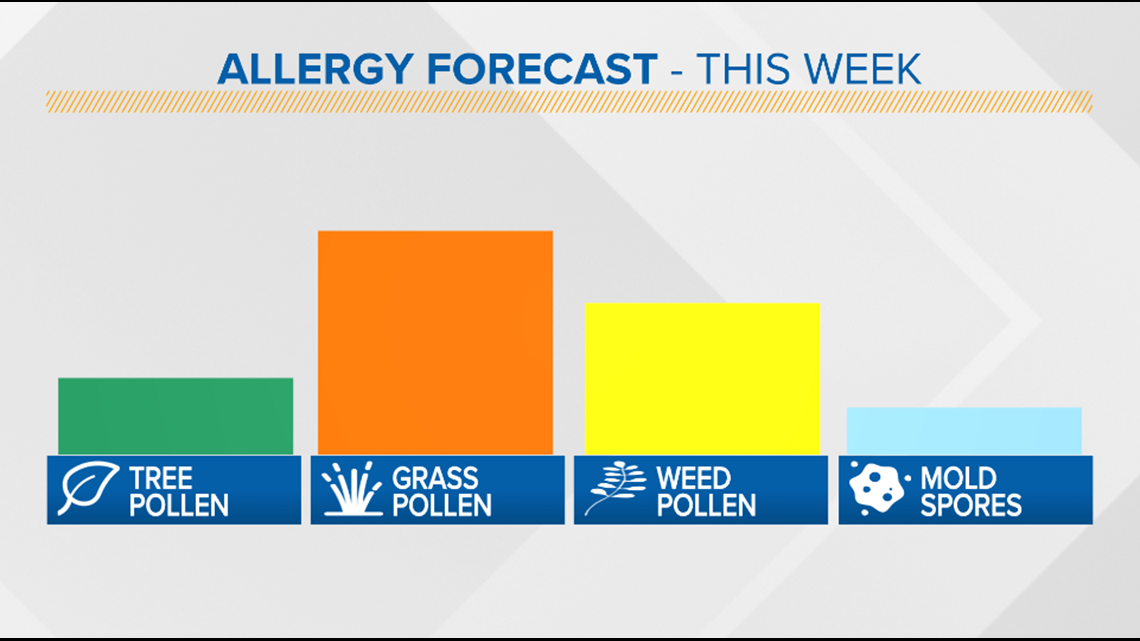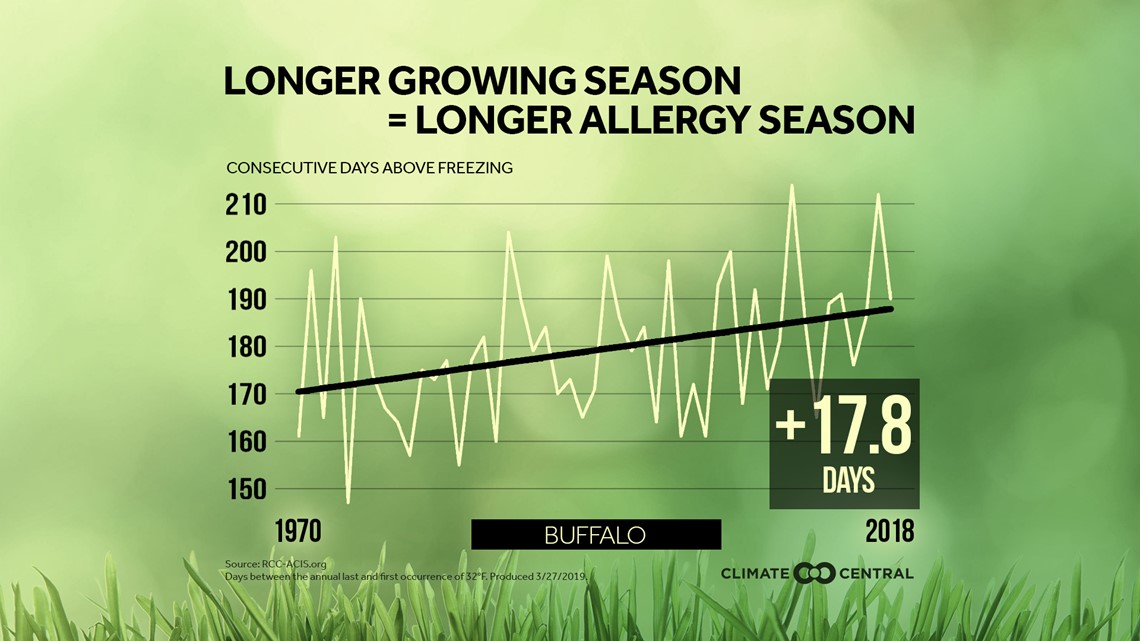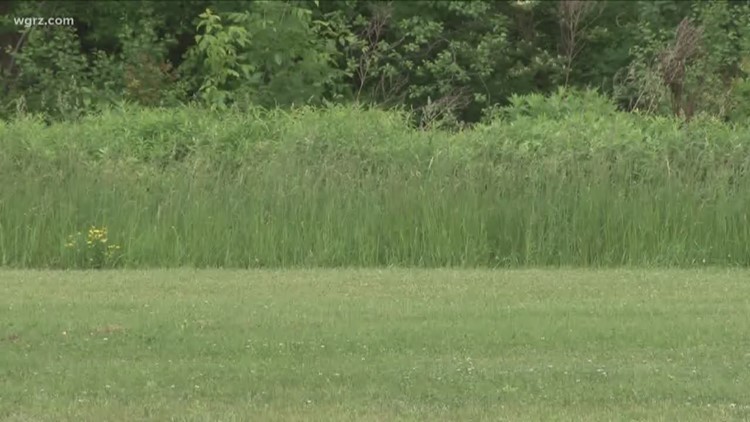BUFFALO, N.Y. — While grass-born pollen continues to be the dominant pollen type this June, the first weed pollen counts have started popping up across Western New York.
As of Wednesday June 23,, grass pollen is the highest of any local pollen type in Buffalo. And though the count itself isn't that high, a rating of 6 out of 12 according to pollen.com, it's still enough to have an impact to those with seasonal allergies.
In addition, two weed-born pollen types have surfaced as the season begins to transition from mainly grass to weed pollen. Those are Dock and Plantain. So if you've noticed that your seasonal allergies have been affecting you recently, it's likely because of the presence of weed pollen.


This happens around this time every summer. The pollen season can begin as early as late March/early April for Western New York with the spring bloom. The season starts off with tree pollen, then transitions to grass pollen in May and rounds out with weed pollen counts picking up in July. Though Ragweed isn't prevalent in Western New York, the entire pollen season can last from mid-March to mid-late September locally.
Keep in mind everyone's sensitivity to pollen, and allergens in general, is different and wide-ranging. It's not only the pollen category but specific type that can trigger a reaction. The Center for Disease Control and Prevention (CDC) has resources and guidance for seasonal allergy suffers.
Several other factors related to climate and weather can also influence the impact pollen season each year. Soil moisture levels, drought conditions and even weather pattern trends can dictate pollen levels on a weekly to monthly basis.
There is a correlation between the length of the pollen and growing season, and climate data suggests both are becoming longer. Over the past 50 years, Buffalo has experienced an increase in the number of days in between the first and last day below freezing. That number is 17.8 days, extending the growing and pollen season by over two weeks.





